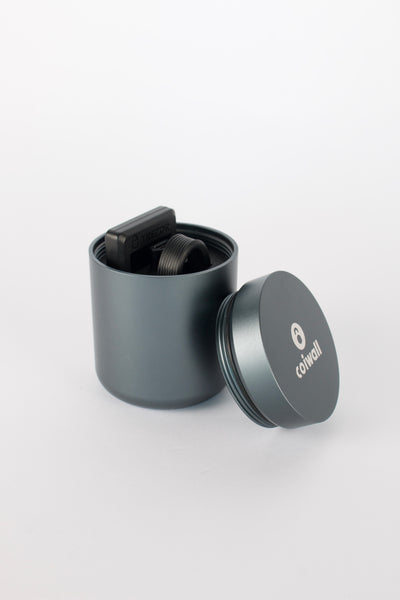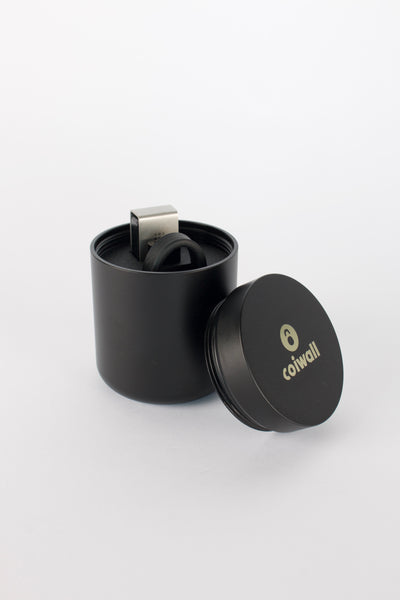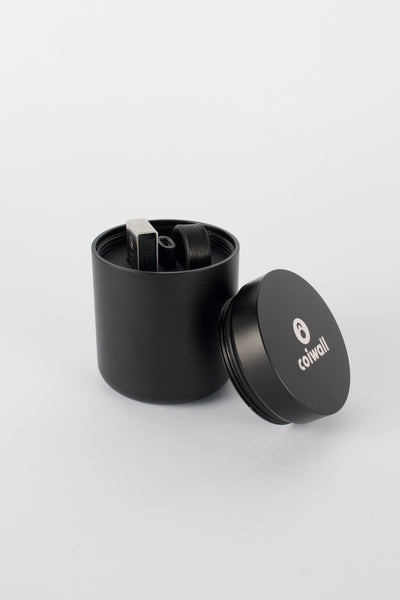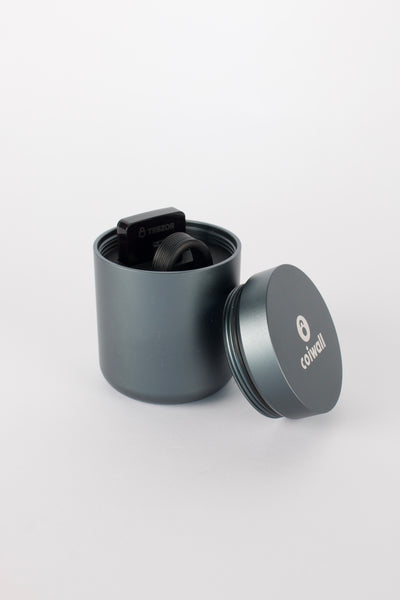If you have even a passing interest in crypto trading, you have probably heard a friend whisper about Hyperliquid. The pitch sounds almost too simple. It feels like a centralized exchange, but you keep your keys. Fast fills, transparent books, and a clean interface. You know what? That mix has real pull for people who care about both speed and self-custody.
Let me explain how it works in plain language, with enough detail to make a quant nod. Then we will tackle custody, hardware wallets like Ledger and Trezor, and a few risk notes that every trader should keep close.
What sets Hyperliquid apart
Hyperliquid runs on a purpose-built blockchain. It is not riding on a general network that gets busy with NFTs at dinner time. That choice matters. Trade finality lands in a blink, and the onchain order book stays responsive. The entire order book and matching are transparent onchain, which means you can see what is happening rather than taking it on faith.
This is the big promise. The familiar feel of a high-speed exchange, paired with the trust model of DeFi. No sign-in with an email. No deposits into a black box. Your wallet connects, you trade, you can leave at any time.
Perps first, with a serious risk engine
Most folks come to Hyperliquid for perpetual futures. Perps track an index price and use funding rates to keep prices aligned. If the perpetual price trades above the index, longs usually pay shorts. If it trades below, shorts usually pay longs. Fees are one thing, but funding can be the hidden line item that wins or loses your week.
Hyperliquid runs a robust liquidation engine. It watches margin, checks position health, and tries to wind down risky positions before they blow up the pool. Liquidations can hurt, so the logic aims to be predictable. There is typically an insurance backstop to absorb rare system losses, which reduces the chance of socialized losses. Nobody likes clawbacks, and systems like this try to avoid them.
Order types feel familiar. Market, limit, post-only, reduce-only. You can scale in and out like you would on a major centralized venue. The difference is custody. You sign with your wallet, not with an exchange account.
Oracles and mark prices
Pricing is a sensitive topic in perps trading. The platform uses a mark price and an index price to call funding and to decide liquidation thresholds. The goal is to dampen wicks and prevent unfair liquidations. It is not perfect, nothing is, but the logic is clear. If you trade size or use higher leverage, watch the mark. Check the oracle source. Small habits like that save big headaches.
Fees, speed, and that snappy feel
Traders care about three things. Execution speed, fee drag, and slippage. Hyperliquid targets sub-second confirmation, and the onchain order book keeps spreads honest when liquidity is deep. Maker and taker fees are competitive. Gas costs trend low because the chain is optimized for this single job, which keeps the total cost of trading tight.
Here is the thing. Good speed is not just about fast clicks. It is about faster state updates, fewer pending transactions, and a feedback loop that lets you manage risk in real time. That sense of control is why many traders stick around after a test run.
Order books, not AMMs
Plenty of DEXs use automated market makers. Pools, curves, and price bands. Hyperliquid chooses an onchain order book. Old school, but onchain. Market makers place resting orders. Takers cross the spread. It is familiar if you grew up on BitMEX, Binance, or Bybit. The advantage is precision. You can place orders at exact prices and manage depth like a pro.
- Price discovery feels natural. Bids and asks stack where traders want them.
- Slippage control improves when book depth grows and makers compete.
- Transparency is high. You can audit activity onchain and verify fills.
There is a mild trade-off. Order books want active makers, not just passive pools. So incentives and a smooth matching engine are key. That is where a dedicated chain helps.
Keys, custody, and hardware wallets
Non-custodial trading is the headline, but let us unpack the practical side. You connect a wallet, you approve permissions, you sign orders, and you keep funds in addresses you control. That means your security choices matter more than the exchange’s cold storage policy.
If you hold size or just want peace of mind, use a hardware wallet. Ledger and Trezor both work well through common wallet interfaces. You can route through MetaMask, Rabby, or WalletConnect and sign trades with your device. I like a split setup. Long-term assets sit on a cold wallet, short-term margin sits in a hot address with strict limits. Simple, boring, effective.
- Ledger: solid devices, clear signing prompts, good with browser wallets.
- Trezor: battle tested, open source firmware, reliable confirmation screens.
One small tip that saves nerves. Create an allowlisted browser profile only for trading. Fewer extensions, fewer pop-ups, fewer surprises. And keep your device firmware current. Not glamorous, very useful.
The token and the role it plays
Hyperliquid has a native token that is linked to governance and platform incentives. Distribution and rewards can evolve as the protocol grows. If you care about emissions, vote power, or maker rebates, check the official docs or announcements before you plan around it. Tokens change. Programs get tweaked. Sensible traders treat these details like moving parts, not fixed rules.
How it compares to other venues
Choosing a trading venue is never one size fits all. Here is a quick way to frame it without getting lost in the weeds.
- Versus centralized exchanges: Hyperliquid gives you self-custody and onchain transparency. You lose some polish around account-level features, but you gain control over your assets.
- Versus AMM perps like GMX: You get an order book feel with fine-grained entries and exits. Liquidity depends on makers, not pooled GLP style baskets, which changes risk and pricing dynamics.
- Versus other order book DEXs: The custom chain keeps latency low and fees lean. That design choice is the secret sauce for the quick feel.
Honestly, you might use more than one platform. Different markets have different liquidity pockets. Smart routing is a skill, not a brand loyalty test.
Risks that deserve respect
Leverage turns small moves into big swings. That is a feature for some, a hazard for many. Keep a healthy margin buffer. Do not treat maintenance margin as a suggestion. Watch funding around major events, because it can whipsaw overnight. And remember, even the best risk engine cannot protect against your own overexposure.
There is also smart contract and chain risk. A specialized chain reduces congestion, great, but it concentrates execution on a new stack. Read audits, size up gradually, and avoid putting everything in one place. Boring again, still right.
Getting started without breaking a sweat
You can start small and feel the flow. A short checklist helps keep it tidy.
- Connect a wallet you trust. Consider a hardware-backed wallet like Ledger or Trezor for higher balances.
- Fund the account with a modest amount first. Test orders before scaling size.
- Learn the order types. Try post-only and reduce-only to control slippage and exits.
- Watch mark price, not just last trade. Funding and liquidations key off the mark.
- Set alerts. Price alerts and liquidation warnings curb nasty surprises.
After a few sessions, you will feel whether the rhythm suits you. If it does, refine your playbook and write down simple rules. If it does not, withdraw and try another venue. Choice is a gift in crypto.
A small, honest digression on speed
Speed can seduce. Fast fills feel good, and they should. But speed without plan is just fast trouble. Use that quick confirmation to execute your plan, not to chase candles. It sounds obvious. In the moment, it is not. We all click a little too fast now and then.
Where Hyperliquid might be heading
More markets, more liquidity programs, and better tooling for quants seem likely. Wallet UX keeps getting smoother across the space, and hardware wallet flows have improved a lot. I would not be surprised to see richer analytics, native position sharing, and easier API access for market makers. The pieces are lining up.
Seasonally, crypto has bursts of frenzy, then long stretches of quiet building. Hyperliquid feels built for those bursts. The calm months are where integrations, docs, and risk controls get shaped. That groundwork pays off when volume returns.
The bottom line, simple and clear
Hyperliquid takes a classic idea, an order book, and puts it fully onchain with speed that feels familiar and custody that puts you in charge. If you want perps with precise entries and a transparent engine, it is worth a look. Start small, keep your keys safe, and treat leverage with respect.
You know what? That simple trio, speed, clarity, self-custody, is why many traders keep coming back.











